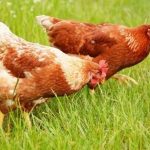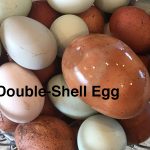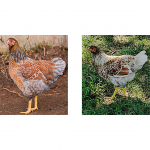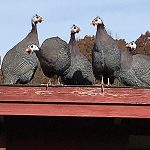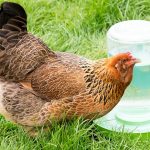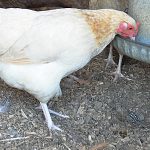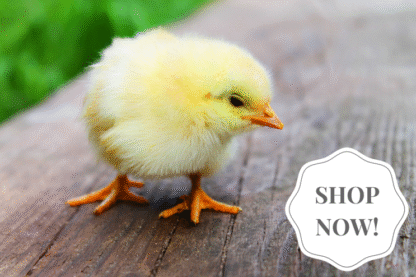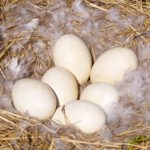
Geese are not particularly prolific layers, as poultry go. The top producers might lay about four dozen eggs per year, which gives goose eggs their high value. The large white eggs are most often hatched to raise goslings for holiday roast goose. The eggs are also prized for creating craft items such as decorative […]
Continue Reading
